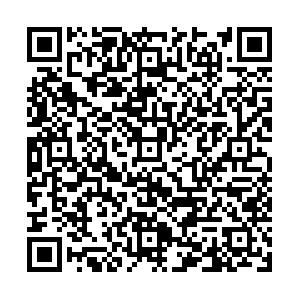Abstract:
Objective To analyze and contrast the curative effect, safety and pharmacoeconomics meaning of OME (omeprazole) quadri-combination therapy and Lansoprazole quadri-combination therapy on treating peptic ulcer, which could provide reference for clinical use.
Methods We collected 136 patients, treated in No.454 Hospital from January, 2015 to December, 2016, who suffered from gastric or duodenal ulcer, with positive results from C4-urea breath test and rapid urease test. The patients were randomly divided into OME group and Lansoprazole group, with 68 patients in each group. The two groups were given combined colloidal bismuth pectin, 200 mg/time, 3 times/d, amoxicillin and potassium clavulanate, 600 mg/time, 2 times/d, and clarithromycin, 500 mg/time, 1 time/d treatment. We added OME to the patients in OME group, 20 mg/time, 1 time/day. and Lansoprazole to the patients in Lansoprazole group, 30 mg/time,1 time/day, and then evaluated the curative effect and did the cost-effect analysis after one course of treatment (30 days).
Results In OME group, the curative rate of treating ulceration is 94.12%, negative rate of C4-urea breath test is 92.65%, and negative rate of rapid urease test is 92.65%; in Lansoprazole group the curative rate of treating ulceration is 89.71%, negative rate of C4-urea breath test is 89.71%, and negative rate of rapid urease test is 91.18%; The curative rate of Lansoprazole quadri-combination therapy is higher than OME quadri-combination therapy, without significant difference. The additional expenditure could be accepted by patients who pay 215.38 RMB for improving one effective unit.
Conclusion Lansoprazole quadri-combination therapy is better than OME quadri-combination therapy.

 点击查看大图
点击查看大图



 下载:
下载:
